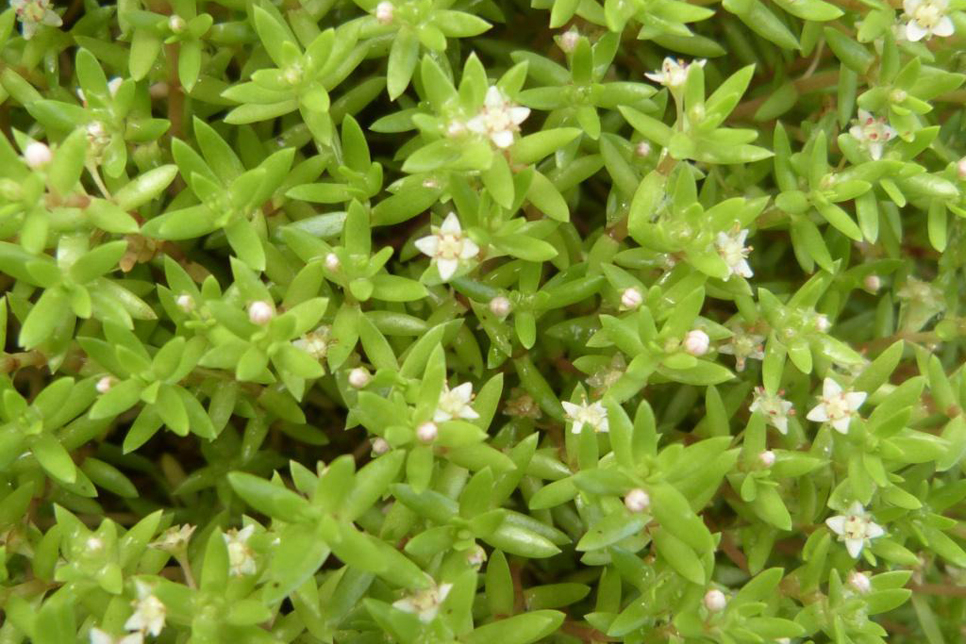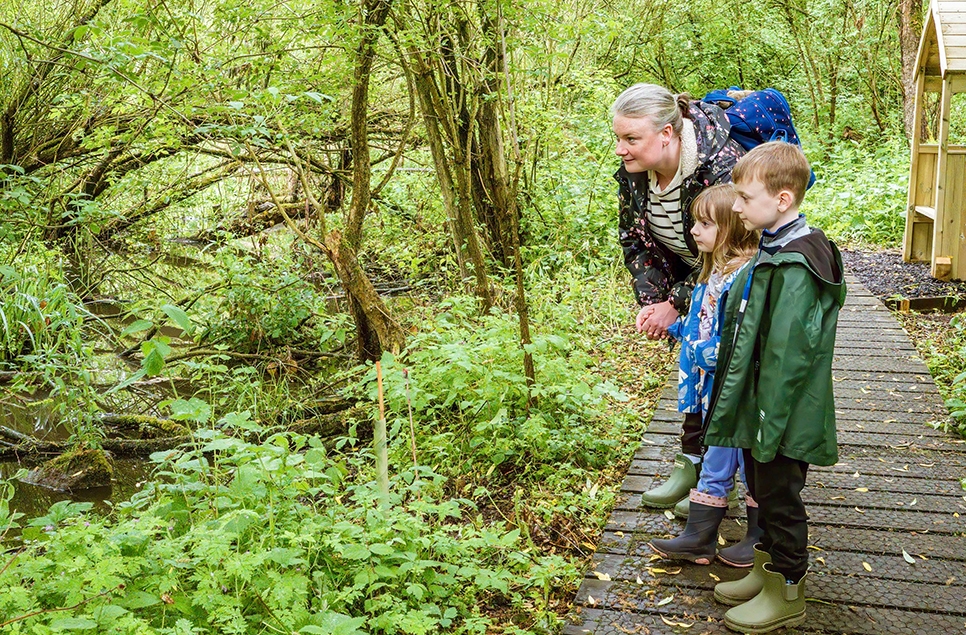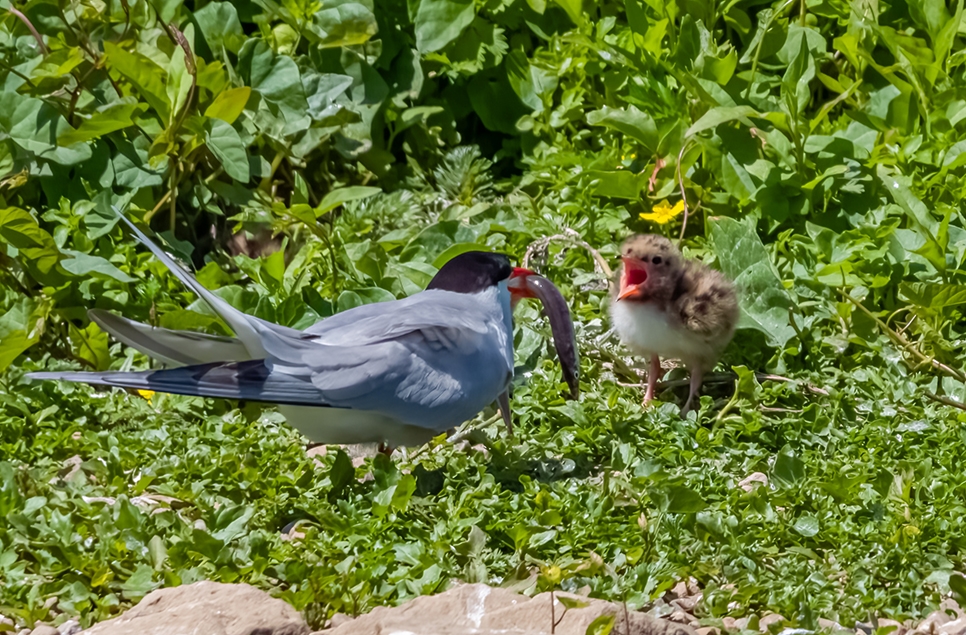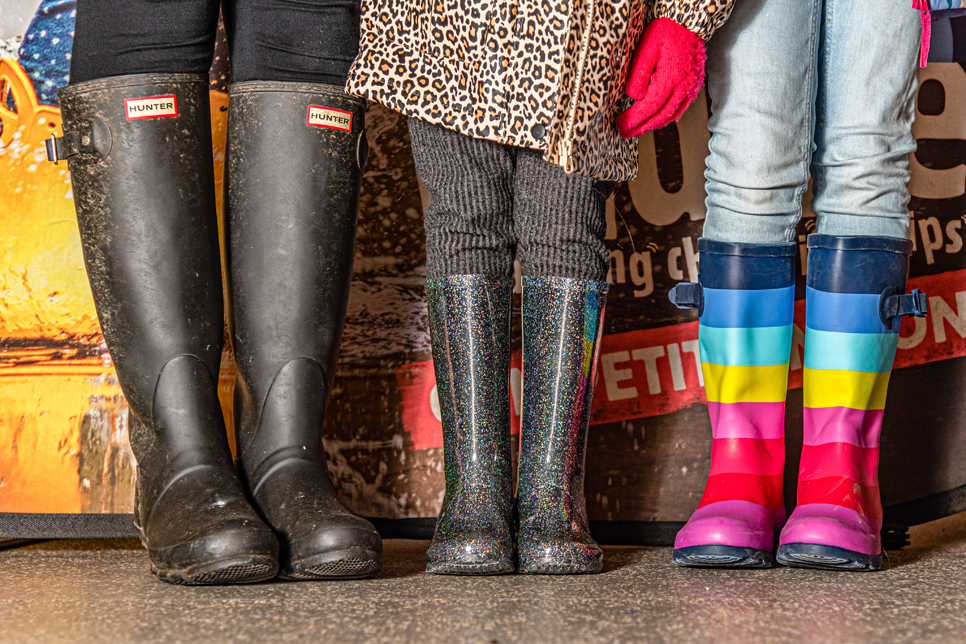Kestrel thriving after 10 year hiatus

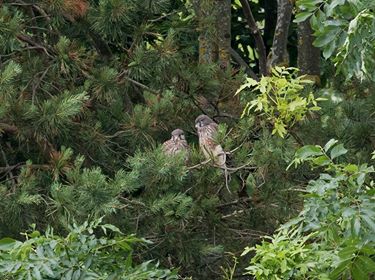
Kestrel are thriving at Washington Wetland Centre for the first time in more than a decade, thanks to funding to improve key meadow habitat.
The Making Meadows project was awarded funding in 2014 by both SUEZ Communities Trust (formerly SITA Trust) through the Landfill Communities Fund and Yorkshire Bank for the restoration and creation of six lowland meadows; a UK Biodiversity Action Plan (BAP) Priority Habitat.
Now, four years on, our reserve is home to a pair of breeding kestrel; a bird that had not been recorded breeding on site for more than 10 years – a sign that the project has been a wildlife success.
John Gowland, WWT Washington’s reserve manager, said: “As part of our Making Meadows project we’ve made vast improvements to almost six hectares of meadow habitat during the last four years.
“This work has allowed a variety of wildlife to flourish and as a consequence the kestrel are now thriving here too; a good sign that the meadows are supporting a healthy population of small mammals such as voles and mice, which the birds feed on.
“Kestrels are a key indicator species and although they can adapt to urban environments, their preferred habitats are those with a good food source and suitable shelter, which our improved meadows now offer.
“In 2017 they fledged three young for the first time and were then captured mating on camera earlier this year so we now have a further three juveniles hunting around the Wader Lake area; truly fantastic news.”
Work on the meadows first began in 2013, with a botanical survey revealing the site’s existing meadows had a high biodiversity value, including a number of important species historically associated with old hay meadows such as greater burnet, betony and pepper saxifrage. They were also a key habitat for the reserve’s breeding lapwings; themselves a BAP and red-listed species.
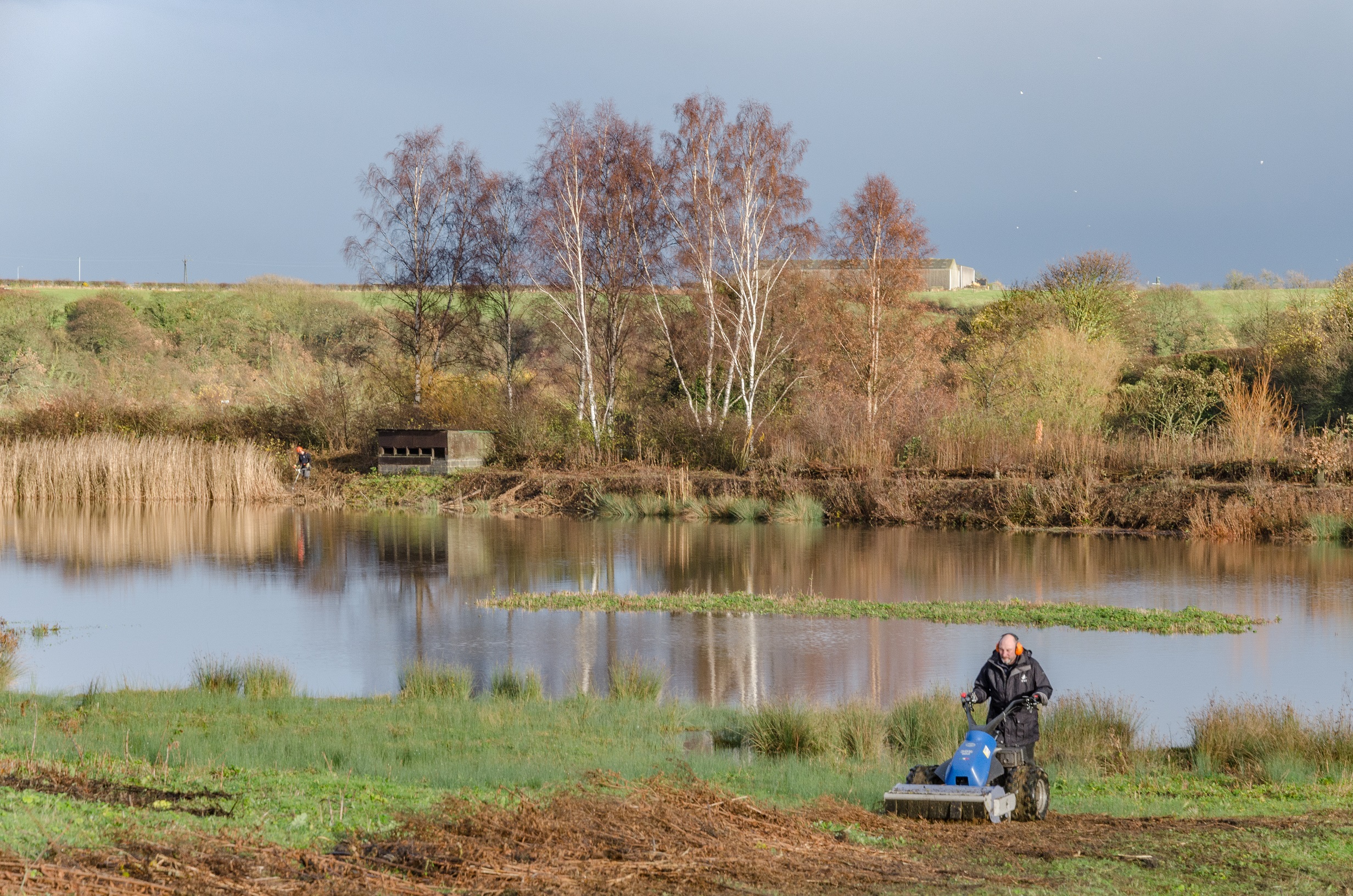
However, the research also highlighted that the meadows were losing condition and becoming degraded, so a bid was made to secure funding that would allow essential habitat restoration and management to be carried out, providing suitable conditions for an array of biodiversity.
John added: “The funding has allowed us to better monitor the habitat for a variety of important flora and fauna too, including breeding birds such as lapwing and redshank which nest on the edges of meadows.
“And the project has not only benefited a host of wildlife but has enabled us to teach both staff and volunteers new skills while also benefitting the local community, which has enjoyed visiting and learning about this important habitat.”
Marek Gordon, Chairman of SUEZ Communities Trust added: “SUEZ Communities Trust provides funding awards through the Landfill Communities Fund.
“This important source of funding has been available since 1997 and has provided such worthy projects with more than £1.4 billion.
“We were delighted to be able to offer funding to WWT Washington which has helped breeding kestrels in such a positive way.”
Whatever the season, come rain or shine, WWT Washington Wetland Centre is the perfect place to connect with nature. Open 364 days a year, our award-winning, family-friendly site offers visitors of all ages a host of unforgettable wildlife encounters and beautiful scenery all year round.
